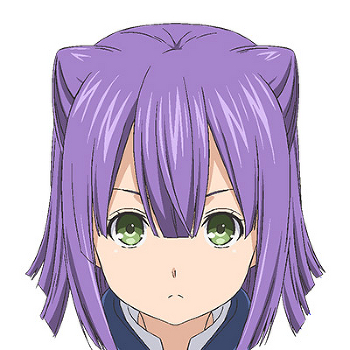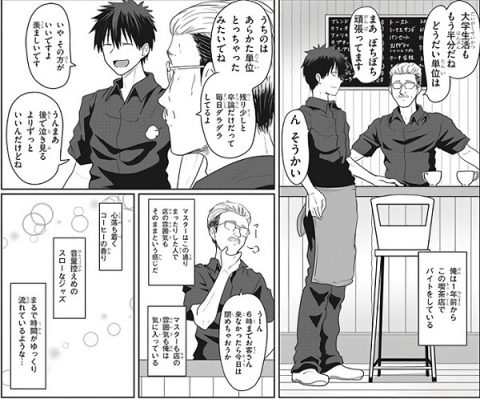Even after the original manga concluded, the animated series "Demon Slayer: Kimetsu no Yaiba" continues to enjoy enduring popularity. But did you know that the story is set in the Taisho era? Demon Slayer: Kimetsu no Yaiba is not set in a fictional world; it is a work that faithfully follows actual Japanese historical settings. By closely examining the various depictions in the work, you can get a sense of the culture unique to that era. Many fans are so focused on the story that they forget about the historical background, but by learning more about the era in which the work is set, you can enjoy the story even more. In this article, we'll introduce the Taisho era, the setting of the work, to further enhance the enjoyment of this work. This era has also been depicted in many other works, so be sure to check them out.
The story is set in the Taisho era!!
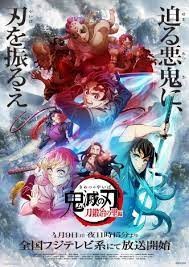
As mentioned at the beginning, this work is set in Japan's Taisho era. Anyone who studied Japanese history at school has likely heard the term "Taisho era." It's true that the Taisho era is a less prominent period than the Meiji and Showa eras, and it's undoubtedly a minor setting for historical dramas.
A feud dating back to the Heian period
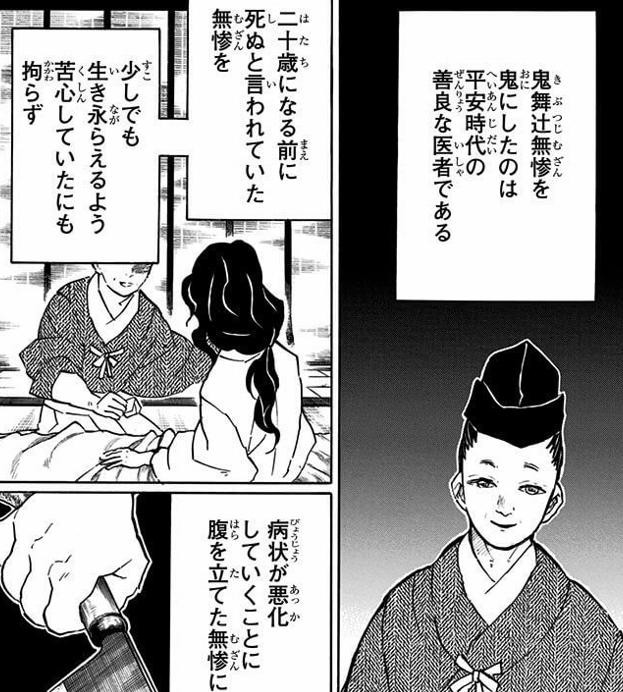
Furthermore, it has been revealed that the villain of this work, Muzan Kibutsuji, has been alive since the Heian period, before the Taisho era. The Heian period was about 1,000 years ago, so Muzan has lived for a long time. This work depicts the process by which Muzan Kibutsuji's evil deeds, which began in the Heian period, are finally defeated in the Taisho era.
This work is not set in the Edo period

Since all the Demon Slayer Corps members in this work fight demons with swords, many fans mistakenly believe it to be set in the Edo period. However, the Taisho period took place several decades after the end of the long reign of the samurai. Therefore, it was a time when people carrying swords like the Demon Slayer Corps did not generally exist in towns.
An Era When True Swordsmen Still Lived
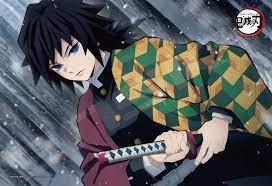
Although some time had passed since the end of the Edo period, the Taisho era was a time when swordsmen who had been active during the Boshin War were still barely alive. Therefore, the era of the samurai was not completely obsolete, and some people continued to practice traditional Japanese swordsmanship and customs. In this way, the Taisho era was also a transitional period in which two cultures, samurai culture and popular culture, shifted.
A Surprisingly Short but Intense Period
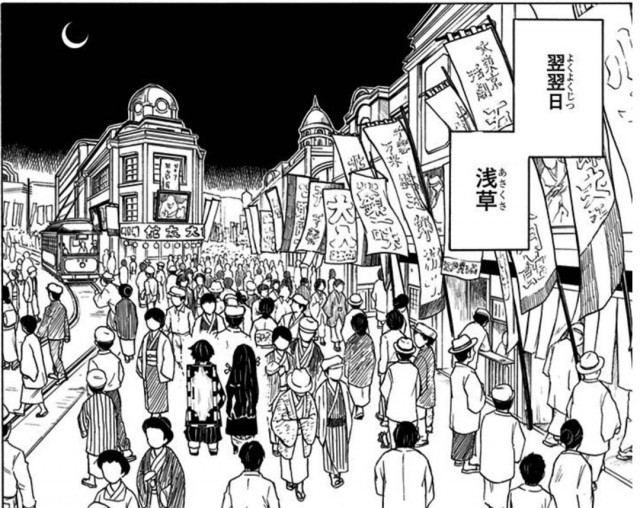
The Taisho era lasted only 15 years, from 1912 to 1926. It's a particularly short period in modern Japanese history, so many anime fans may find it unimpressive. However, despite its short duration, the Taisho era was a time marked by many events, making it a truly intense period upon closer inspection.
The Taisho Era as Seen in This Work

Now, I'd like to delve deeper into the Taisho era through the depictions in this work, "Demon Slayer: Kimetsu no Yaiba." While this work primarily focuses on the battles with demons, it also faithfully depicts the Taisho era, so I believe you can learn more about the period just by closely examining the lives of the people depicted in this work.
Life in the countryside is still reminiscent of the Edo period

This work particularly depicts in detail the lives of people living in rural areas, who still relied on firewood for light and lived lives reminiscent of the Edo period. At the time, the government had not yet developed infrastructure in rural areas, and not many people were living modern lifestyles.
Modernized architecture stands out in urban areas.

Meanwhile, urban areas like Tokyo are gradually modernizing, and are depicted using electricity for lighting just like today. The Taisho era was about 100 years ago, but even then, people were already using electricity for lighting and cars were on the roads. This is a stark difference from the countryside, where people still live like they did in the Edo period.
From Firewood to Electricity
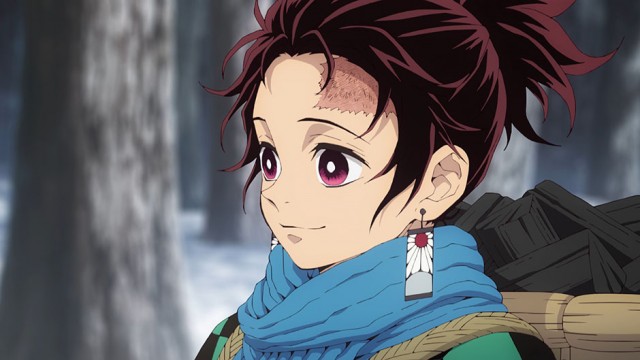
This work is set in the Taisho era, when people's power sources were rapidly shifting from firewood to electricity. At the beginning of the story, the protagonist, Tanjiro Kamado, is portrayed as earning a living by selling firewood. However, the fact that the protagonist was born into a family that dealt in firewood, a traditional power source, could be seen as conveying some kind of message.
Large landowners and a small section of the aristocracy monopolized wealth

Also, at this time in Japan, large landowners and aristocrats who had owned vast tracts of land since the Edo period still wielded power and wielded enormous influence. Ubuyashiki Kagaya, the head of the Ubuyashiki family who appears in this work, is depicted as having influence over the Meiji government, backed by the wealth he had built up over generations. These wealthy, traditional landowners, lost their land during the postwar land reform and fell into a sudden decline. For this reason, we rarely see families of prestigious descent like the Ubuyashikis in action today.
World War I and the Economic Boom
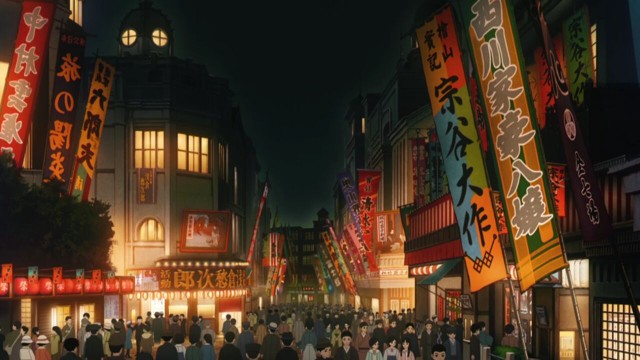
The Taisho era was also a time of unprecedented economic prosperity. With World War I beginning in 1914, major European nations became battlefields, resulting in a massive increase in Japan's demand for goods from Europe. This war-related boom led to a major boom in Japanese industry.
Development of Heavy Industry
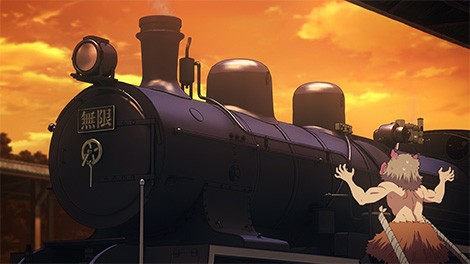
Heavy industry flourished, especially during the economic boom of the Taisho era. This was the era in which various ships and steam locomotives, such as those featured in this work, were manufactured. The development of heavy industry transformed Japan into a nation with world-class technological capabilities. This unprecedented economic boom led to a more extravagant lifestyle for people at the time.
The Gap Between the Rich and the Poor Also Widened
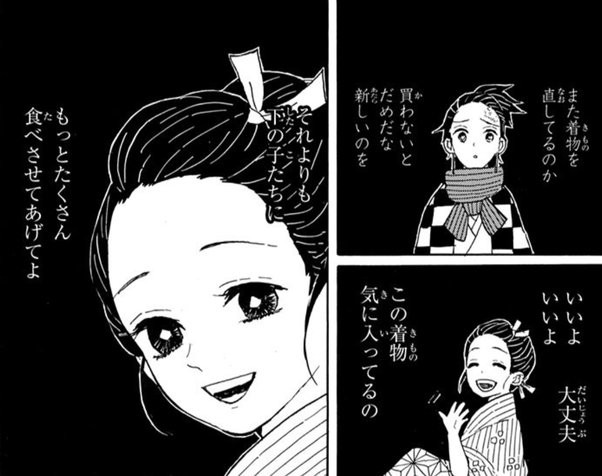
However, this was also a time when the wealth gap widened between businesses and people who were not greatly affected by the boom. At the time, labor standards laws were not as well established as they are today, so many workers were exploited by businesses. This widening gap between the rich and the poor eventually led to the spread of various forms of proletarian literature and the movement for universal suffrage.
The Wave of Democracy
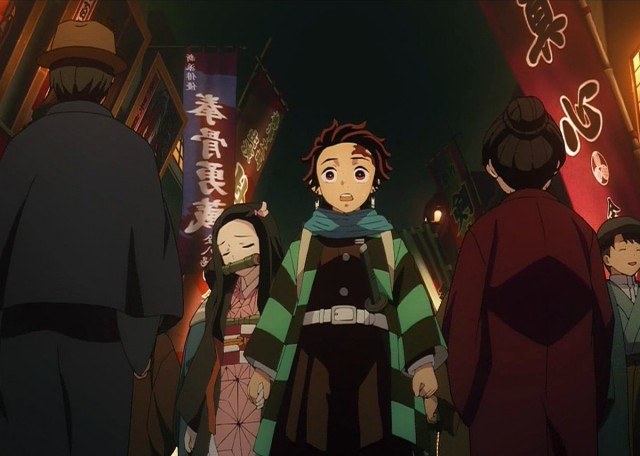
As such, the Taisho era was a time when people's lives became more prosperous, leading to increased interest in politics. This trend is commonly referred to as Taisho democracy. The Taisho era did not have a system in which anyone could freely vote, as is the case today. Only the wealthy who paid a certain amount of tax were able to participate in politics. The Taisho era was also a time when people began to feel resentful of this unequal treatment between the wealthy and the poor.
Taisho Romantic Culture
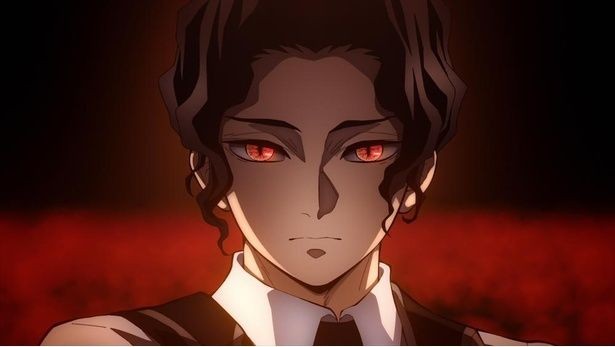
Now that we've given a brief history of the Taisho era, we'd like to introduce the unique culture of the period. Taisho-era culture is often referred to as "Taisho Romantic Culture," and it's a very avant-garde and stylish culture. Even today, many fashionable coffee shops and other establishments feature interiors based on the Taisho era, so many people probably have a vague sense of the Taisho era atmosphere.
Moga and Mobo Are in vogue
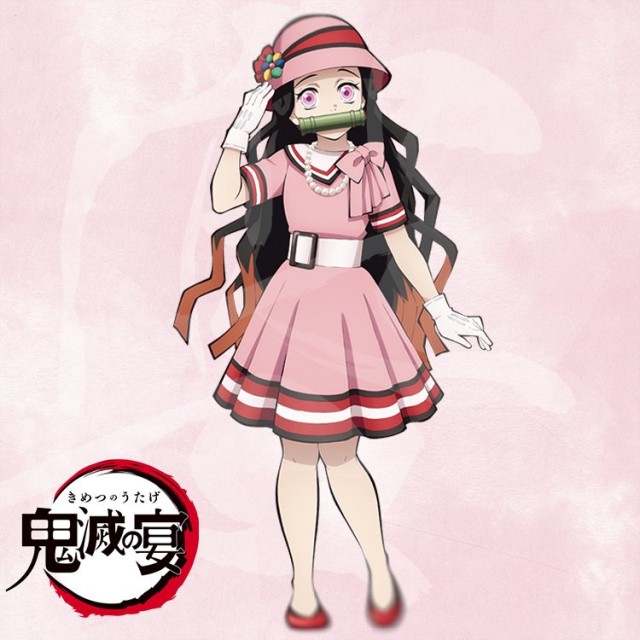
When we think of clothing during the Taisho era, we immediately think of the avant-garde fashion worn by modern girls and modern boys. Commonly referred to as "moga" or "mobo," their attire stood out even among the conservative Japanese. In this work, merchandise featuring Nezuko and her friends is available, featuring outfits inspired by the attire worn by these people. The reason they're dressed in moga and mobo attire is because "Demon Slayer: Kimetsu no Yaiba" is set in the era when moga and mobo were in vogue.
Popular Culture Blooms
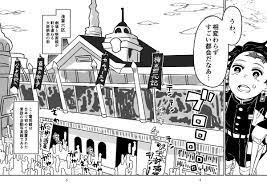
As such, the Taisho era was a time when popular culture flourished. Due to the boom caused by World War I, people had more financial means, and this was an era in which attention was drawn to various artistic and cultural activities. "Demon Slayer: Kimetsu no Yaiba" features architecture and clothing unique to the Taisho era, so be sure to watch it with an understanding of this historical context.
The Good Old Days
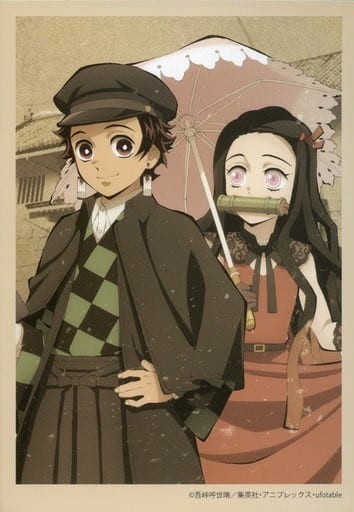
Have you seen how the Taisho era truly was a time with a different atmosphere than modern Japan? Experience the unique atmosphere of the Taisho era, which is not found in modern Japan, through this film.
The Spread of Modern Culture

The Taisho era saw the advancement of modern civilization while preserving the traditional culture of the Edo period. In "Demon Slayer: Kimetsu no Yaiba," we can sense the dramatic changes in people's lives that occurred during the Taisho era. From here, I would like to use "Demon Slayer: Kimetsu no Yaiba" as a starting point to explain the changes in people's lives during the Taisho era.
High-Colour Trends

As mentioned earlier, the Taisho era was a time when unprecedented modern clothing and designs were popular. These avant-garde designs were described as "high-collar" and highly valued. Traditional clothing and transportation designs were replaced by more Western-style designs. The Tokyo landscape depicted in this work is also quite Westernized. This truly reflects the tastes of the people of the time.
An Era of Complete Transition from the Samurai Era
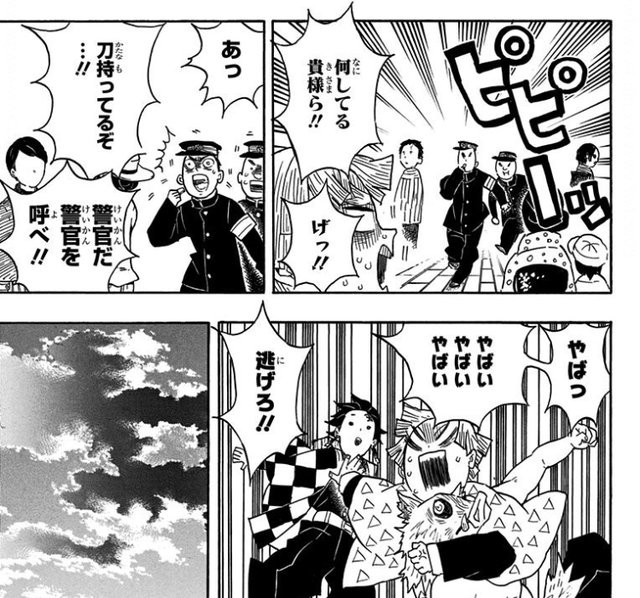
Thus, while the Taisho period retained some traces of the Edo period, it was also a time when the very existence of the samurai was gradually being forgotten in urban areas. In this work, there is a scene in which Tanjiro and his companions are chased by police while carrying swords. However, at the time, even swords, considered the soul of a samurai, were prohibited from being carried around on one's waist due to the sword ban.
To the era of "The Wind Rises" and other works
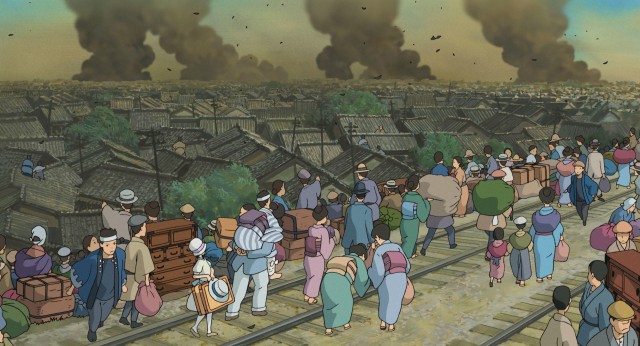
The Taisho period was a complex time, blending traditional Edo customs with avant-garde new ones. However, it only lasted 15 years. What kind of era will we see after the Taisho period, the setting of this work? From here, I would like to explore the history of Japan from the period depicted in "Demon Slayer: Kimetsu no Yaiba" to the period depicted in "The Wind Rises," which is set just after the events of the original work.
The Peace Preservation Law Was Enacted Behind the Universal Suffrage Law

The Taisho era saw the enactment of the Universal Suffrage Law, allowing even the general public to vote. However, behind the scenes, the "Peace Preservation Law" was also enacted, which allowed for increased crackdowns in the name of maintaining peace. The Peace Preservation Law allowed for the easy arrest of anyone engaging in behavior inconvenient to the government, thereby restricting people's free cultural activities.
To the Turbulent Showa Era
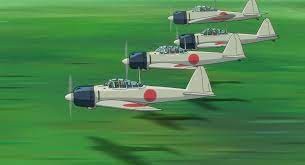
The economic boom that had continued for some time began to fade with the Great Kanto Earthquake and the Great Depression, and Japan eventually plunged into war. The Taisho era, a time of unprecedented economic prosperity and people's enjoyment of cultural activities, was a stark contrast to the Taisho era. What kind of lives did Tanjiro and his friends, now middle-aged, have to live during this time? While it's not depicted in the story, it might be worthwhile to consider their lives after the events of the story, based on history.
Summary
What did you think? This time, we've introduced the Taisho era as depicted in Demon Slayer: Kimetsu no Yaiba. The Taisho era was very different from the Meiji and Showa eras, and was a time of great optimism and optimism. The clothing worn by many of the characters in this work is somehow stylish and attractive. It is said to be a period in fashion history when many outstanding clothing designs were born, so be sure to take a look at the clothing worn by the characters in this work.


